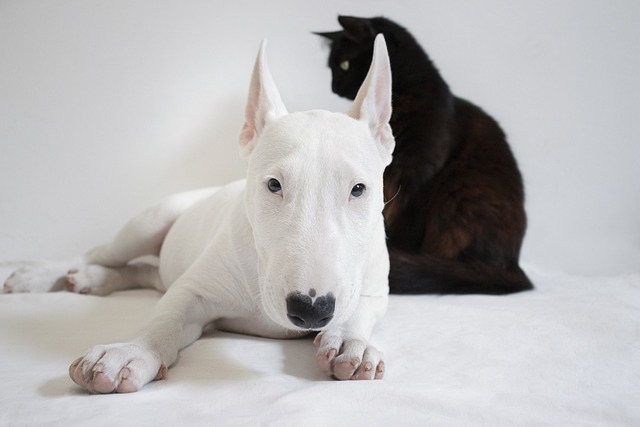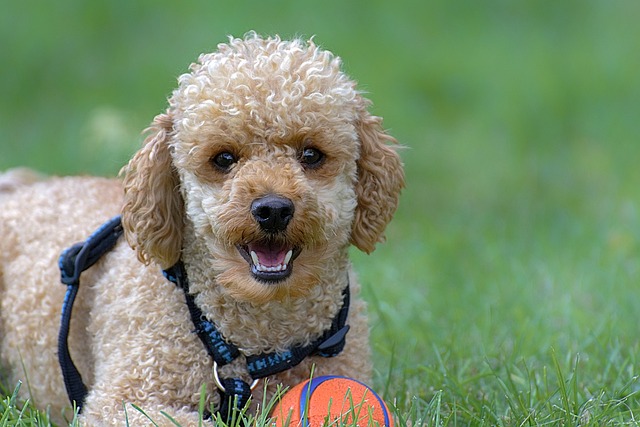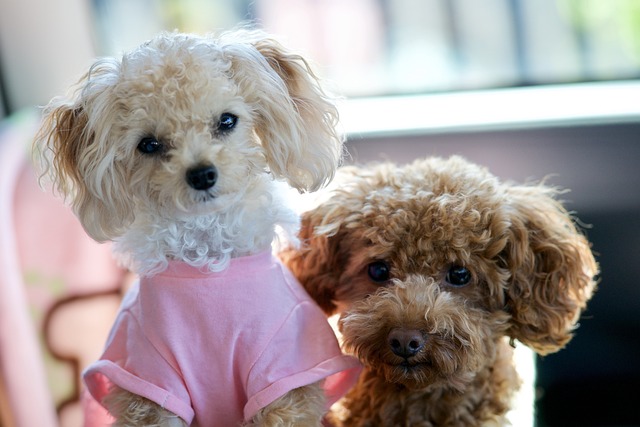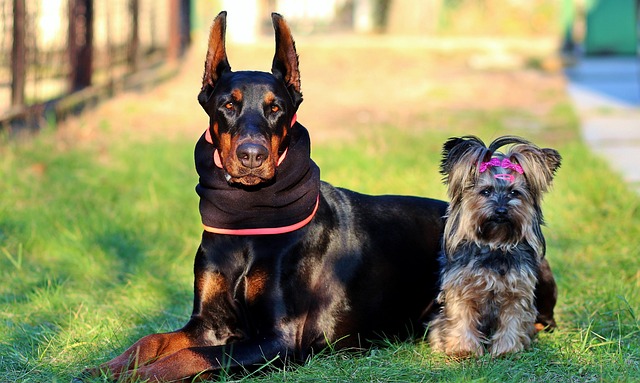
What causes kennel cough?
Most dog owners first notice kennel cough when their pup starts making that distinctive honking sound—often after a trip to the dog park or a stay at a boarding facility.
Bringing home a tiny Chihuahua or Yorkie puppy is exciting, but figuring out what to feed them can feel overwhelming. Small breed puppies—those under 20 pounds full-grown—have faster metabolisms, tinier jaws, and higher energy needs than larger pups, so their diet can’t be a one-size-fits-all solution. Many new owners make the mistake of feeding regular puppy food or even adult kibble, not realizing that small breeds need specialized nutrition to support their rapid growth and avoid issues like low blood sugar.
The science behind small breed puppy food lies in its nutrient density and particle size. Small breeds burn calories quicker, so their food needs more protein (at least 22–25%) and fat (8–10%) to keep up with energy demands—look for formulas where real meat (chicken, turkey, or fish) is the first ingredient. Their tiny teeth and jaws also require smaller kibble pieces that are easy to chew and swallow; large kibble can lead to choking or uneven eating. Additionally, small breeds are prone to hypoglycemia (low blood sugar), so frequent, small meals help keep their levels stable.

Start by choosing a vet-recommended “small breed puppy” formula—avoid generic brands with fillers like corn or wheat. Feed your puppy 3–4 times a day: for example, a 2-pound Maltese puppy might get ¼ cup of kibble split into four meals. Use a measuring cup to avoid overfeeding, which can lead to obesity (a big risk for small breeds). If they seem hungry between meals, offer a small snack like a freeze-dried chicken piece or a spoonful of plain yogurt—never table scraps like chocolate or grapes, which are toxic. When training, use these small snacks as positive reinforcement; scolding a nervous puppy not only violates U.S. animal welfare norms but also makes mealtime stressful.
Apartment dwellers should set up a consistent feeding spot away from loud areas to help their puppy feel calm. After meals, take them outside immediately for potty breaks—and always carry biodegradable poop bags (fines for not cleaning up reach $250 in Chicago). Before taking them to communal dog areas, ensure they’re up-to-date on core vaccines (distemper, parvovirus) and rabies (mandatory in all U.S. states) to protect their vulnerable immune systems. By 12 months old, transition them to small breed adult food gradually over 7–10 days to avoid upset tummies. With the right food and routine, your tiny pup will grow into a healthy, energetic adult.

Most dog owners first notice kennel cough when their pup starts making that distinctive honking sound—often after a trip to the dog park or a stay at a boarding facility.

So, a friend has asked you to watch their furry best friend—how exciting! Whether it's for a weekend or a week, successful dog sitting starts long before the paw

If you’re a first-time dog owner staring at your new pup—whether it’s a fluffy golden retriever puppy or a calm rescue adult—you might be asking yourself, “Where do I even start?”

Bringing home a new dog—whether a wiggly puppy or a calm adult—feels exciting, but it’s easy to feel lost about where to start.

Bringing home a tiny Chihuahua or Yorkie puppy is exciting, but figuring out what to feed them can feel overwhelming.

If you’ve ever stared at a bag of store-bought dog treats, wondering if they’re worth the cost or filled with unnecessary additives